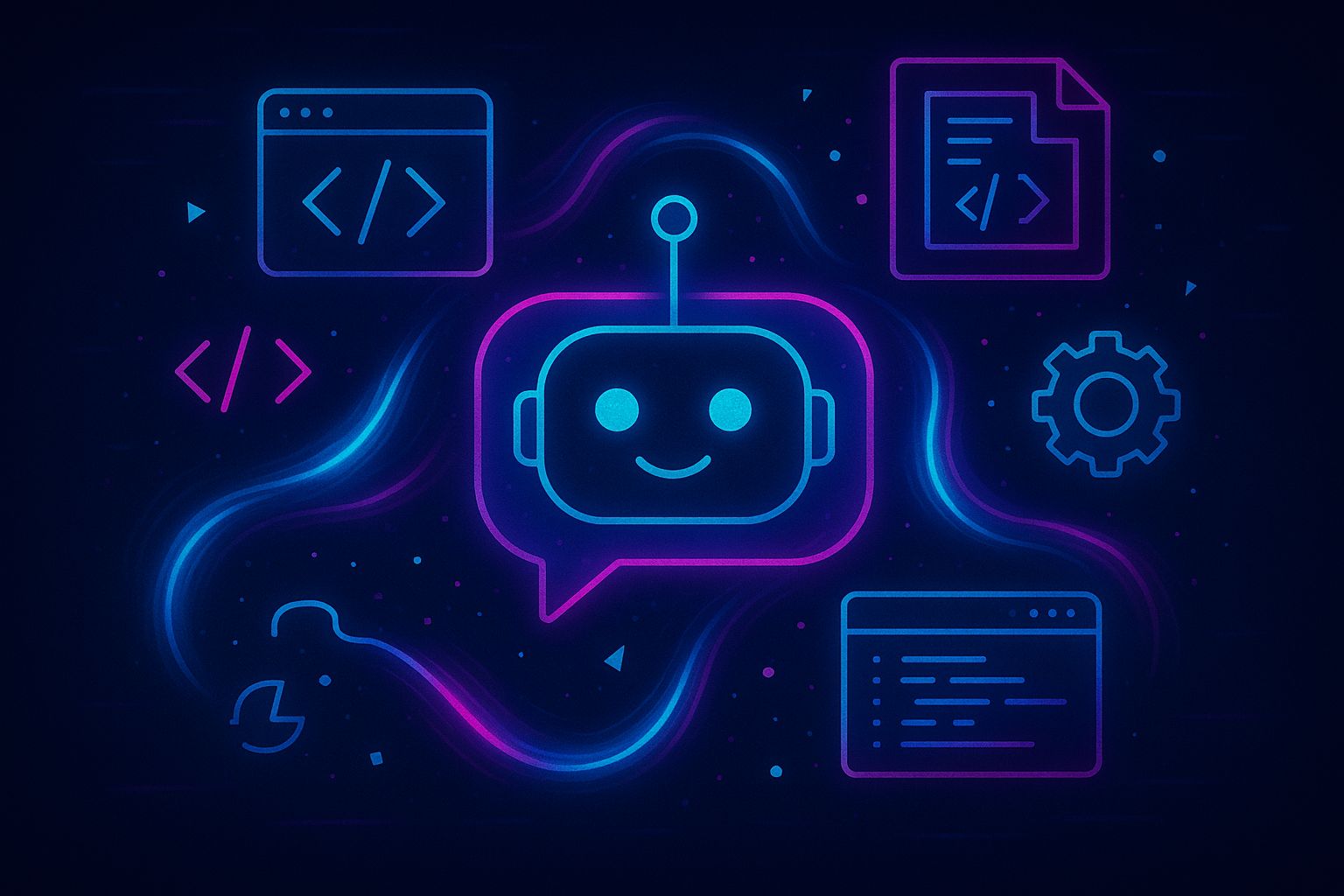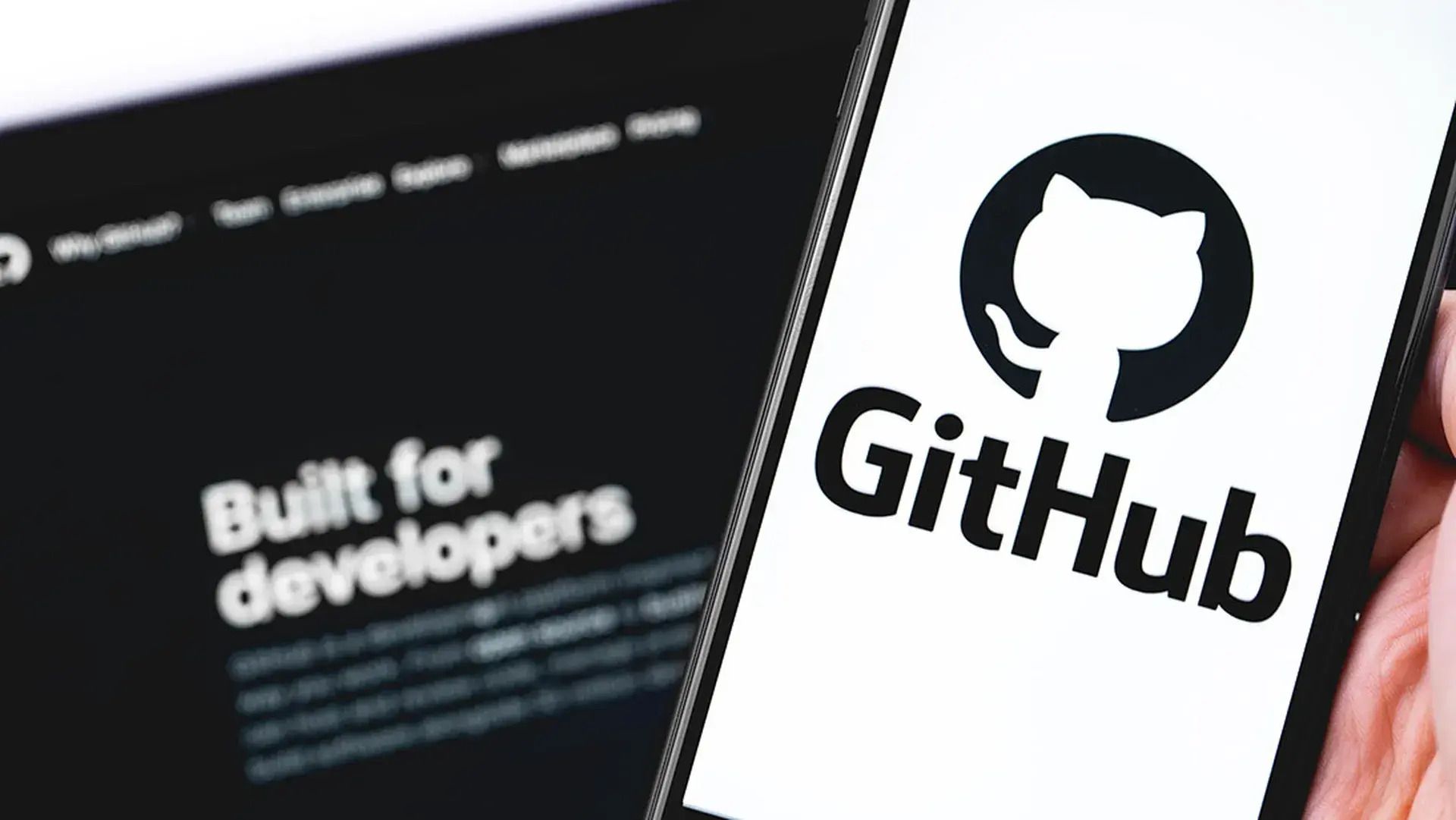- The AI Trust Letter
- Posts
- GPT-5.1 for developers: what ́s new?
GPT-5.1 for developers: what ́s new?
Top AI and Cybersecurity news you should check out today

Welcome Back to The AI Trust Letter
Once a week, we distill the most critical AI & cybersecurity stories for builders, strategists, and researchers. Let’s dive in!
🤖 Open AI is Introducing GPT-5.1 for developers

The Story:
OpenAI released GPT-5.1 for developers, focusing on speed, lower latency, and more reliable tool use. The update is meant to make the model easier to integrate into production systems and agent-style workflows.
The details:
GPT-5.1 is faster and responds with lower latency in both streaming and non-streaming modes.
The model improves at following multi-step instructions and coordinating tools, including retrieval, code execution, and structured actions.
New “developer profiles” let teams define default behaviors, tools, and constraints for the model across projects.
There are upgrades to caching and batching that reduce cost for high-volume applications.
The update also includes better function-calling reliability, fewer invalid actions, and more consistent JSON outputs.
Why it matters:
As developers shift from single prompts to full agent workflows, stability and predictable behavior matter more than raw benchmarks. GPT-5.1 pushes the model in that direction: faster loops, cleaner tool use, and fewer surprises when running automated tasks. For teams building copilots and agents, these improvements reduce friction and operational overhead.

The Story:
Anthropic detailed how state-linked actors attempted to use its models to support cyber espionage efforts. The company shared the findings publicly to improve awareness across the industry.
The details:
Anthropic identified patterns of activity from groups associated with China, Russia, Iran and North Korea.
These actors tried to use Claude to assist in reconnaissance tasks, vulnerability research and scripting.
The attempts did not involve direct model breaches; instead, misuse happened through normal query channels.
Anthropic’s safety filters blocked most high-risk requests, and the company reported the activity to authorities.
The analysis also found that models can accelerate early-stage attack workflows even when guardrails are active.
Why it matters:
This case shows that AI systems are already part of state-level cyber operations. Even without jailbreaks, models can streamline reconnaissance and planning for advanced threats. As adoption grows, organizations will need monitoring and protective controls that go beyond basic prompt filtering.
🚨 The Whisper Leak Attack Exposes New Risks in LLM Infrastructure

The Story:
Researchers uncovered a new side-channel attack called Whisper Leak that can extract sensitive information from large language model conversations without breaking into the model itself.
The details:
The attack targets shared hardware resources used by LLMs, not the model weights or APIs.
By measuring subtle variations in system behavior, an attacker can infer words or phrases from another user’s session.
The technique works even when conversations are encrypted or protected at the application layer.
Researchers tested the attack on multiple model architectures and found consistent leakage patterns.
Vendors are now exploring hardware isolation, scheduling controls and runtime monitoring as mitigation steps.
Why it matters:
This highlights a growing challenge in AI security: protecting the infrastructure around models, not only the models themselves. As organizations deploy shared AI environments, hardware-level attacks may become an overlooked entry point for data exposure.
⛓️💥 AI Inference Frameworks Hit by Copy-Paste Vulnerability

The Story:
A new vulnerability affecting AI inference frameworks at Meta, Nvidia, and Microsoft allowed attackers to trigger unintended model behavior through manipulated input copied into the system.
The details:
The flaw appeared in multiple open source frameworks used to run AI models in production.
Attackers could craft inputs that executed unsafe code paths when copied into an inference environment.
The issue stemmed from inconsistent input sanitization and shared design patterns across implementations.
Security teams from each company released patches and guidance to prevent similar exploits.
Researchers warn that code reuse across the AI stack increases the likelihood of repeated vulnerabilities.
Why it matters:
AI systems depend on large, complex inference pipelines that extend beyond the model itself. When common code patterns carry security flaws, they can cascade across the industry. This incident shows the need for stronger, standardized hardening practices for AI runtime infrastructure.
🔒 Malicious npm Package Infects GitHub Repo Through Typosquatting

The Story:
Researchers uncovered a malicious npm package that infiltrated a legitimate GitHub repository by exploiting a simple naming typo.
The details:
The package mimicked the name of a legitimate dependency and was unknowingly installed by contributors to an open source project.
Once executed, the package attempted to collect system metadata and exfiltrate it to an external server.
The attack relied on typosquatting, a tactic that targets developers who misspell package names during installation.
The repository maintainers removed the malicious code and issued a security warning to downstream users.
The incident adds to a growing number of supply chain threats that target developer ecosystems rather than end users.
Why it matters:
AI development depends heavily on open source tools. When attackers compromise the supply chain at the package level, they gain access to the environments where AI models, data pipelines, and agent frameworks are built. Preventing these attacks requires stricter dependency controls and automated scanning across all development workflows.
What´s next?
Thanks for reading! If this brought you value, share it with a colleague or post it to your feed. For more curated insight into the world of AI and security, stay connected.
